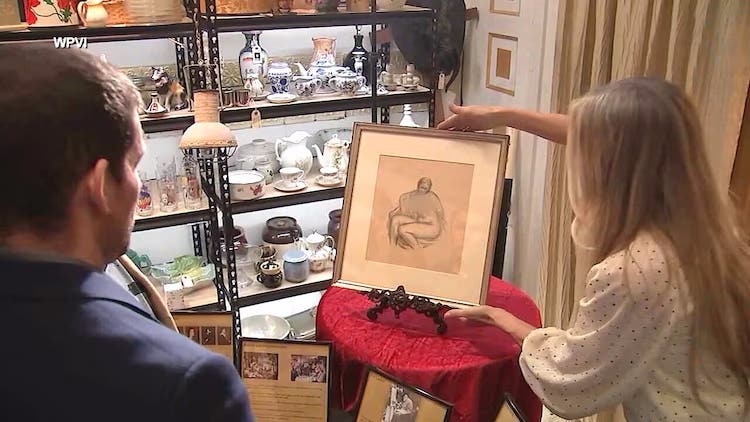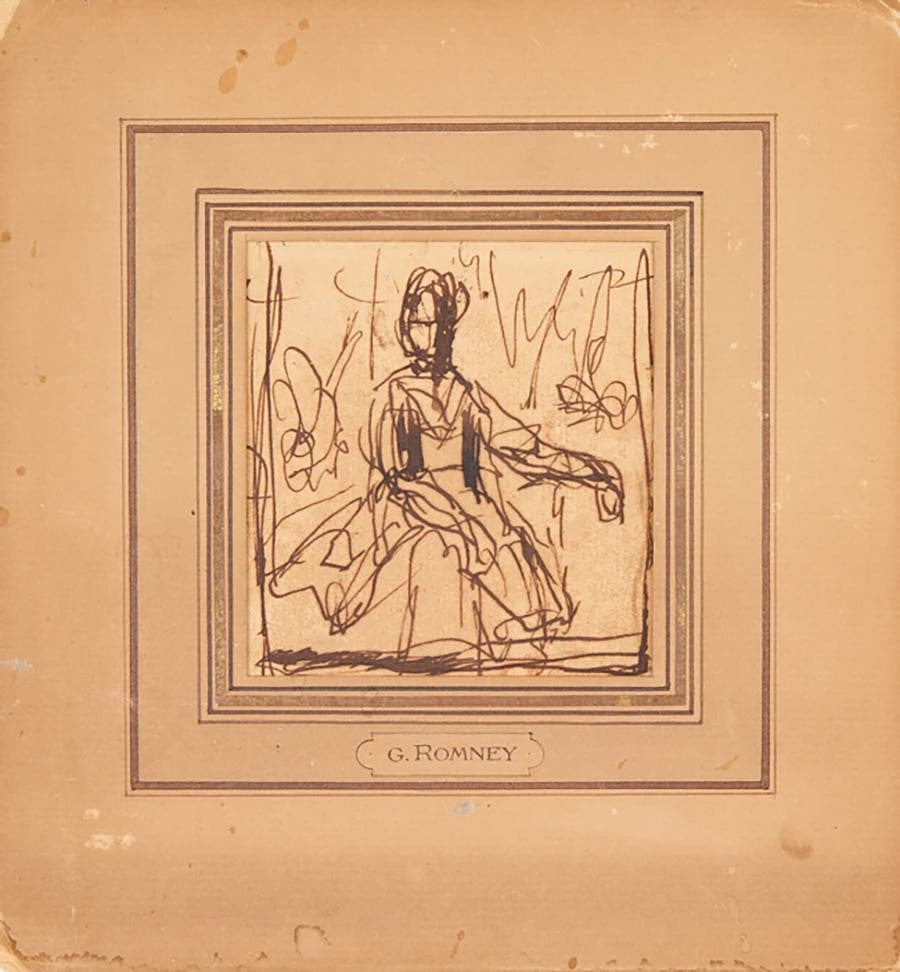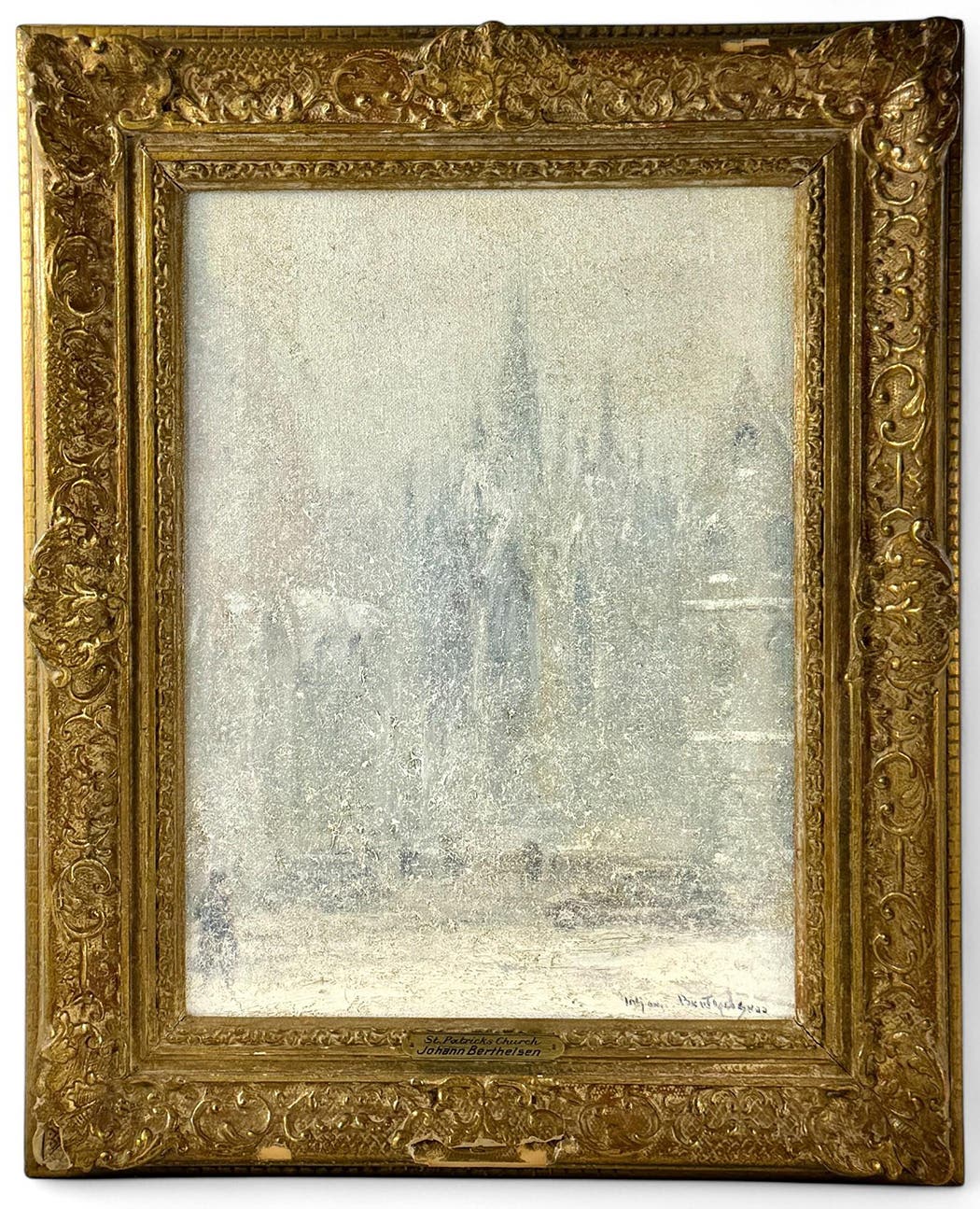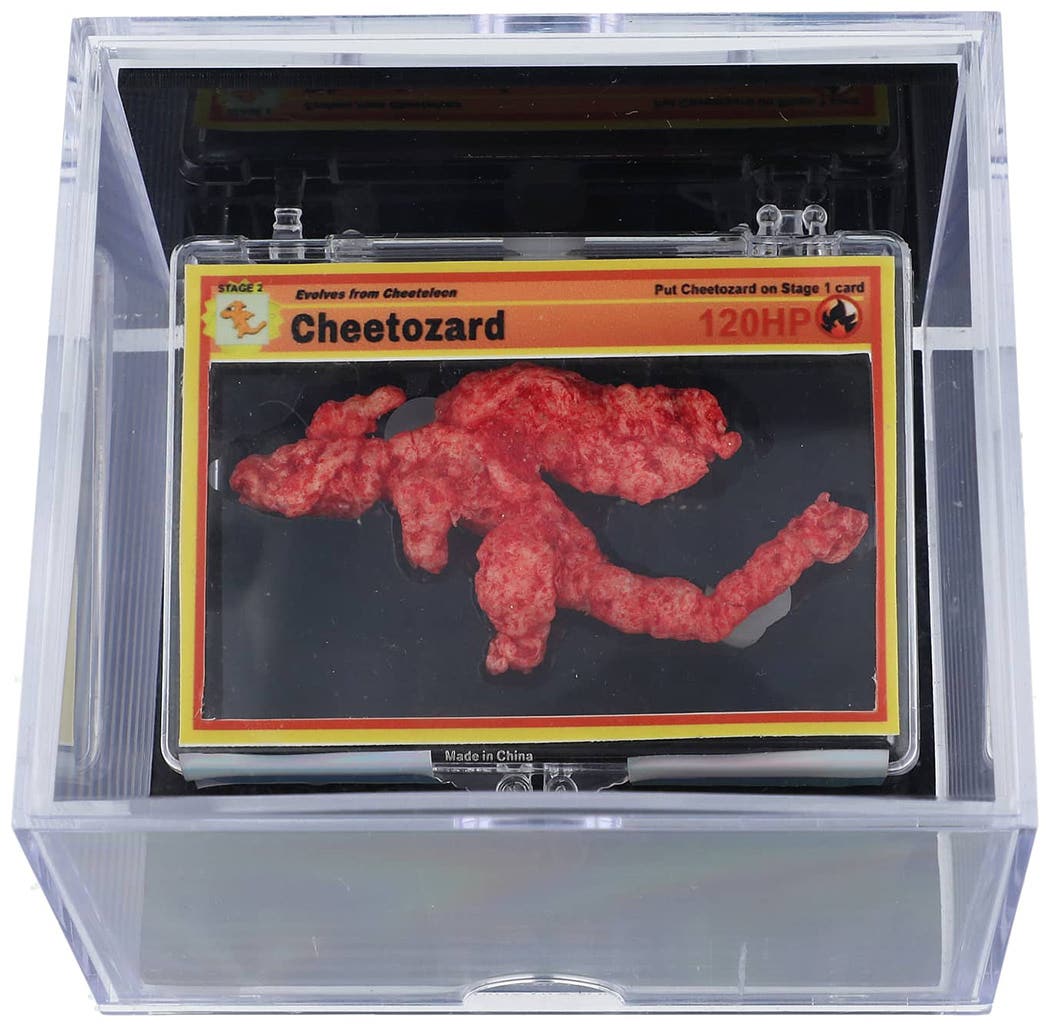Turn to Toleware for dynamic home decor options
It’s not every day you come across the words beautiful and rust-resistant antiques in the same sentence. Yet, when it comes to tinware known as toleware, it fits.
It’s one thing to meet challenges with creative and sound solutions, and it’s another thing to do that with a stylish flair that is admired far and wide for more than a century. That’s another level of ingenuity all together, and by many accounts, describes the tinware known as toleware.
Toleware By Many Names
Although it’s more than likely you’ve seen items of toleware, you may know it by one of its other names. Tinplate wares, tole, painted tin, or tôle peinte. As Ann Wagner, Curator of Decorative Art, Winterthur Museum — a pioneer in 21st-century exhibition of toleware, explains, “By 1900, it was often referred to as tôle or toleware, a misapplication of the French word for sheet iron.” However, as they say, ‘the name stuck,’ predominately in the U.S.
Regardless of its moniker, it refers to utilitarian items and decorative objects produced from tinplate metal. The items are also japanned or lacquered, to create a base for decoration, if desired. This process leads to the creative solution aspect of toleware mentioned at the beginning of this article. It's a bit of a secret superpower, if you will: the ability to diminish the onset of rust. Innovative ironworker John Hanbury and Thomas Allgood, the manager of the ironworks company where Hanbury was employed are to thank. In late 17th century South Wales, they devised the technique of japanning. The process involves incorporating layers of varnish to create a durable and rust-resistant coating on household and decorative objects. 1
Given that a majority of toleware was in use every day as trays, tea service, candlesticks, and storage — being able to keep rust at bay was more than a little appealing.
Ironwork Shops Follow Suit
Reports cite the first examples of toleware coming out of ironworks in South Wales. This occurs in the first quarter of the 18th century. It didn’t take long before word spread throughout Europe about these unique objects. Especially since they could assist with day-to-day service, storage, and presentation, hold up in varying environments, and often featured enchanting hand-designed decoration. Soon ironwork shops in France, Italy, and the Netherlands were turning out their version of toleware.
For Lidy Baars, antique dealer and owner of FrenchGardenHouse.com, it was in Europe, more than 25 years ago, that the discovery of toleware sparked an interest in collecting the pieces – and ultimately becoming a dealer.
At the time, “as a young wife and mom, I was able to purchase a beautiful hand painted French box for not very much money at a small local antique shop,” states Baars, who started her business more than 11 years ago. “Having an art degree myself, I was fascinated by the extensive hand painted scenes and the time and care the artist lavished on this small box. Later, when I opened my antique business, I started searching for exceptional, old pieces of toleware to sell.”
Similar, But Different In Design
She adds, “I’ll be honest; personally, my collection of toleware isn’t large and it constantly changes,
as I rarely keep a piece for long. It’s one of the benefits of being a dealer; I can rotate beautiful pieces in and out of our home, displaying and enjoying a piece until a client purchases it. Then I’m on the hunt for the next beautiful find.”
With so many countries and companies producing painted tinware objects, style and presentation unique to each began taking shape as toleware production hit its stride in the second half of the 18th century into the 19th.
For example, early English toleware often, but not always, boasts a black background on pewter. Plus, the designs include gold embellishments. Other colors, such as dark green and deep shades of blue, are present in some examples. However, those colors are less common than the black background.2
Given the history of japanning involving the Welsh ironworkers, it’s not surprising that toleware from this region is well known for its quality.
Sophistication In Tin
When it comes to French toleware, referred to as tôle peinte, the palette of background colors is more extensive. In addition, the designs are typically large and feature flowers and fanciful scenes. Be it a tray or a decorative jar, French toleware is viewed as sophisticated.
Similarly, Italian toleware, commonly showcasing gilt embellishment and a varied color palette, often shares French toleware’s level of sophistication. The original period of toleware production, globally, lasted from the late 18th century through the late 19th century. In addition, there was a slight revival of production in the mid-20th century. This involved more than one country. This reemergence resulted in, among other things, production of Italian toleware chandeliers, with Florence serving as a manufacturing hub.
Then there is America’s foray into toleware, and its ongoing appreciation for these utilitarian objects turn folk art. Not only did the production of toleware drive the economy within the ironwork industry but it also bolstered the entrepreneurship of Yankee peddlers, as they were called, according to an article from Antiques Digest.
Brother Pattison Deliver Early American Toleware
Literature may have the Brothers Grimm to thank for revolutionizing published folklore. However, America has the Brothers Pattison, Edward and William, to thank for putting the country on the map regarding toleware.
The Pattisons were reportedly the first makers of tinware in the U.S. They arrived in America in the second quarter of the 18th century, immigrating from Ireland. They brought with them training and experience in tinsmithing. It took a couple of years for the brothers to establish consistent supply of sheets of tin from England. However, once they did, they were off and running. The Brothers Pattison put things in motion.
American early toleware appears in early daily use in kitchens. The earliest tin pieces were made by family workshops in Connecticut, Maine, New York and Pennsylvania, Baars explains.
In most instances, men saw to the production of the actual piece of toleware. Furthermore, women would provide the artistic design that is so recognizable, Baars continues. “The painting of tinware was known as ‘flowering,’ and the women ‘flowered’ or decorated the finished pieces, with appealing painted designs.”
Environment Influencing Design
The inspiration for the designs and scenes appearing on toleware relates to ceramics coming into the U.S. from overseas. Another source of inspiration is the scenic landscape of the East Coast, where American toleware originated. The means by which artists created the recognizable designs on American toleware was another example of ingenuity. While the decoration was primarily painted by hand with a brush some early artists in Pennsylvania used their thumbs to blend the color and detail of specific motifs. Furthermore, in New Hampshire and Massachusetts, there are examples of toleware designs that were created using an intricate stenciling process. 3
One of the benefits of working with tinplate is the versatility for design and embellishment, or not, according to Wagner.
“Really sophisticated decorators further enriched painted surfaces with gold leaf and colored bronze powders applied onto a tacky varnish,” explains Wagner, who curated the installation “Flowering of American Tinware,” which was on display between 2012 and 2015 at the Brandywine Museum and then the Winterthur Museum. “Before painting, a workshop might also enhance an item by punching or with wrigglework (flat chasing), cutting and piercing, and adding a bead or raised lines with mechanized tools. The regularity, or variety and even whimsy, extant in this freehand painting has always appealed to collectors.”
Peddlers Spread the Word of Toleware
As stated earlier, the emergence of toleware also offered Yankee peddlers another product to sell. Traveling far and wide, they provided rural people access to a variety of items. Many of which they may never have an opportunity to purchase otherwise. Clearly, the Yankee peddlers of the 18th and 19th centuries are part of America’s legacy of entrepreneurial spirit. And the toleware produced by the Brothers Pattison and others lent itself nicely to these endeavors. The weight of the toleware objects made it easier to transport while the peddlers were on the road.
It’s no wonder why the peddlers saw a nice response among people along their routes, when they presented toleware. Being hand painted, each piece is slightly different. Plus, with a number of countries turning out their version of toleware, there’s a lot to appreciate and explore.
“Stylistically and form are different. However, the principle is the same, taking something plain and making it beautiful,” states Jamie Shearer, a vice president at Pook & Pook, Inc., an auction house with a tradition of presenting unique and quality items, including toleware, among its Americana offerings.
Toleware For Every Budget
During 2017, Pook & Pook presented nearly 50 lots of toleware at auction. The pieces fetched between $60 and $11,250. The top lot of toleware sold through Pook & Pook in 2017 was a 19th-century red bread tray with a vibrant floral decoration. The final sale price of $11,250 was nearly three times its high estimate. A combination of factors contributed to the piece achieving this price, states Shearer.
“Red is still the king for a background color,” Shearer explains. “Excellent condition and the strong provenance (are factors in the sale of this item).”
Aside from the appeal of toleware with red as the background color, Shearer points to coffee pots, flat trays, and early American examples attracting interest from collectors. Regarding the overall market for this form of painted tinware, it mirrors some other categories, he adds.
Collector Passion Fuels Exposure
“Like the rest of the antique market — great is still doing very well, but not what it once was.
Condition, form and vibrancy are leading the way for the highest prices.“
Baars also reports a continued interest among customers for exceptional, high quality and unusual toleware.
“French, English or American, I search out only the most exceptional trays, boxes, and urns, because they are the ones that true collectors desire and value,” she adds.
The appeal of toleware and its place in American history is definitely present at the Winterthur Museum in Wilmington, Delaware. It began with the Museum’s founder, Henry Francis du Pont, and extends into the exhibitions and programming of today.
Surrounded By Tinware Beauty
Seeking artistic tinware from antique dealers in New England and Pennsylvania, du Pont grouped the items of toleware by color and displayed them in several rooms within the Museum, Wagner states.
“From his earliest days of collecting, Mr. duPont particularly favored red and black ground items with large flower clusters and bright borders,” she adds. “We suspect he appreciated having tinware that complemented his ‘fancy’ painted decorative arts made of wood, glass, papier mache and other materials.”
From du Pont’s interest and efforts a collection formed and that was what Wagner drew from when curating the “Flowering of American Tinware” exhibit. The installation served to “highlight the artistic side of what colonial-era hardware merchants advertised as japanned tinware,” explains Wagner.
Although the special exhibit is no longer on display, examples of toleware are on display throughout the Winterthur. Other American museums also hold examples of toleware in their collections. (See the breakout box for more information).
View More to Know More
Plus, viewing curated items of toleware, among other antiquities, is also a great way to gain an understanding of good examples, Baars adds.
“If you look at enough toleware, you will come to recognize those that were done by an accomplished artist, and those that are just passable. Older pieces will have an uneven patina, and won’t be shiny and new looking,” advises Baars.
When asked about the prevalence of reproductions coming off as early toleware, Shearer explains that the resurgence of interest in toleware for a brief period in the mid-20th century led to a new generation of people developing an artistic interest in the japanned tinwares.
“There has been lots of toleware painted over the years, not necessarily as fakes but just keeping to the old way of doing things. More of a craft type hobby, in the 1940s and 1950s.”
Tips For Caring For Toleware
Echoing Baars’s advice about becoming familiar with the appearance of toleware, Shearer states, “Learn how to spot old versus new by the surface, and lack of brushstrokes.”
Once you’ve acquired items of toleware, consistent care is equally important, advise Wagner, Shearer, and Baars.
“Minimal handling is recommended, and that is best done wearing nitrile gloves that won’t catch on a fragile flaking edge,” explains Wagner. “All decorated tinware is vulnerable to UV and visible light damage, so we often advise collectors to keep these lovely items away from a window or out of a bright room.”
“Keep out of sunlight, best display in or on a cupboard, and do not use as they are easy to scratch or knock off paint,” advises Shearer. “Remember condition is king!”
“Today, when there are so many things to buy and decorate our homes with, the true antiques, the things from artists and touched by their hands long ago, those are the things that still make our hearts beat faster, the things worthy of displaying in our homes,” states Baars. “Each piece of antique toleware is an original work of art; it helps us create an environment filled with history, personality, and one that expresses our own style.”
Toleware, like so many antiques and collectibles, is an example of how beautiful objects not only can be useful, but also represent a past that still contains valuable lessons.
Sources: 1. “Tole Peinte-Painted Metalware,” by Zita Thornton (www.antiques-info.co.uk); 2. “Three Types of Toleware,” by Troy Segal (www.thespruce.com); 3. “Treen & Toleware in Early America.”
(www.oldhouseonline.com). FrenchGardenHouse.com








